Pleased to share Ho Tzu Nyen’s solo exhibition at Museum of Contemporary Art Tokyo. Ho Tzu Nyen: A for Agents, traces the trajectory of the artist’s practice, presenting six film-based installations alongside a new work. The exhibition includes Ho’s earliest video installation, Utama—Every Name in History Is I (2003), which challenges the modern narrative of Singapore’s foundations by tracing its precolonial origin to Sang Nila Utama, who is said to have named the land “Singapura” (Lion City, in Sanskrit). Singapore’s past also features in One or Several Tigers (2017), where 3D animations of a tiger and a human morph into various instances of the ruler and the subjugated, including the precolonial tiger as ancestor spirit and the mythological weretiger; the colonial encounter of a tiger and the road surveyor George D. Coleman who served the British administration in the nineteenth century; and the battle between the British army and the “Tiger of Malaya,” Japanese military commander Tomoyuki Yamashita, during World War II.
A pair of works in the exhibition, The Nameless and The Name (both 2015), use existing film footage to speculate on two enigmatic individuals from Malaya’s tumultuous political past. The Nameless sheds light on Secretary-General of the Communist Party of Malaya, Lai Teck, who operated as a triple agent for the British, French, and Japanese during World War II, while The Name takes up the story of Gene Z. Hanrahan, who authored publications on the Malayan Communist Party using highly classified information—some believe him to be a ghostwriter.
In 2012, Ho initiated the project, The Critical Dictionary of Southeast Asia with the question “What constitutes the unity of Southeast Asia, a region that has never been unified by language, religion or political structures?” It is a matrix for his artistic production, including the online platform shown in this exhibition, CDOSEA (2017-). The sequencing of sampled images and keywords is continuously generated by an algorithm and resists any definitive meaning of the term “Southeast Asia.”
Among Ho’s works produced in Japan over recent years, Voice of Void (2021) is presented in the exhibition. Consisting of VR (virtual reality) and six-channel videos, this installation restages conversations, speeches, and texts of the philosophers of the Kyoto School, who advocated for overcoming Western modernity and speculated on the value in establishing the Greater East Asia Co-Prosperity Sphere. Voice of Void invites us to navigate across different time-spaces and become immersed in discussions among members of the Kyoto School, such as on the ethics of Japanese military ventures, the question of sacrificing one’s life for the nation, or founder Kitaro Nishida’s idea of “nothingness.”
T for Time (2023) marks a new chapter in Ho’s practice. It will be shown in Japan for the very first time. Based on an algorithm, the work generates sequences of images from multiple fragments of sampled footage to animate various aspects and scales of time: from elementary particles to the life span of different organisms to the vastness of the universe. The sequences evoke a multitude of meanings, sensations, and narratives, while questioning what is time, what mediates time, how do we experience it, and what could we imagine time to be?
— Courtesy of Museum of Contemporary Art Tokyo.
A for Agents Ho Tzu Nyen
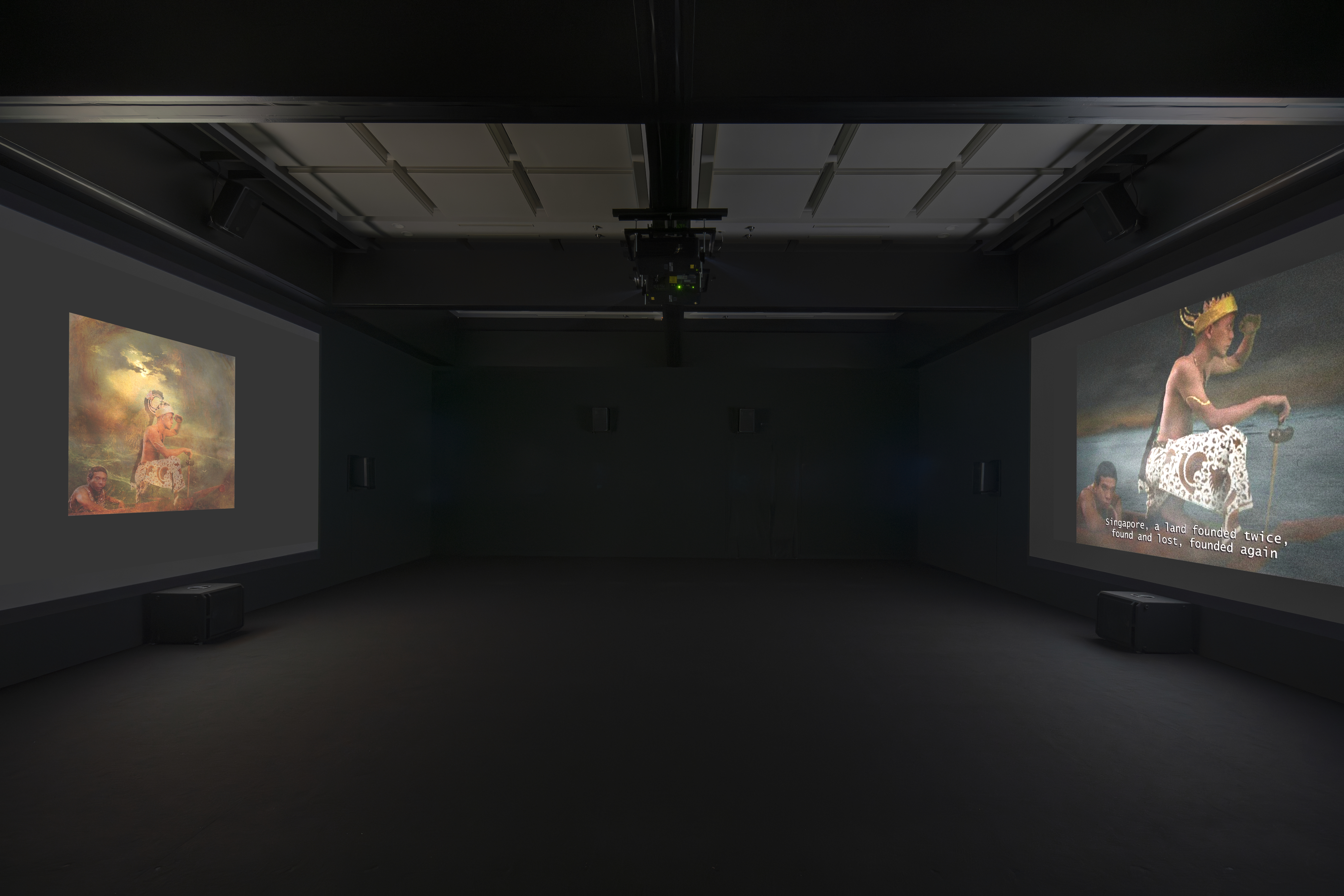
Video installation: 2-channel HD projection (4:3, synchronized, color), 2-channel sound
21ʼ 27”
Photo by Kenji Morita.
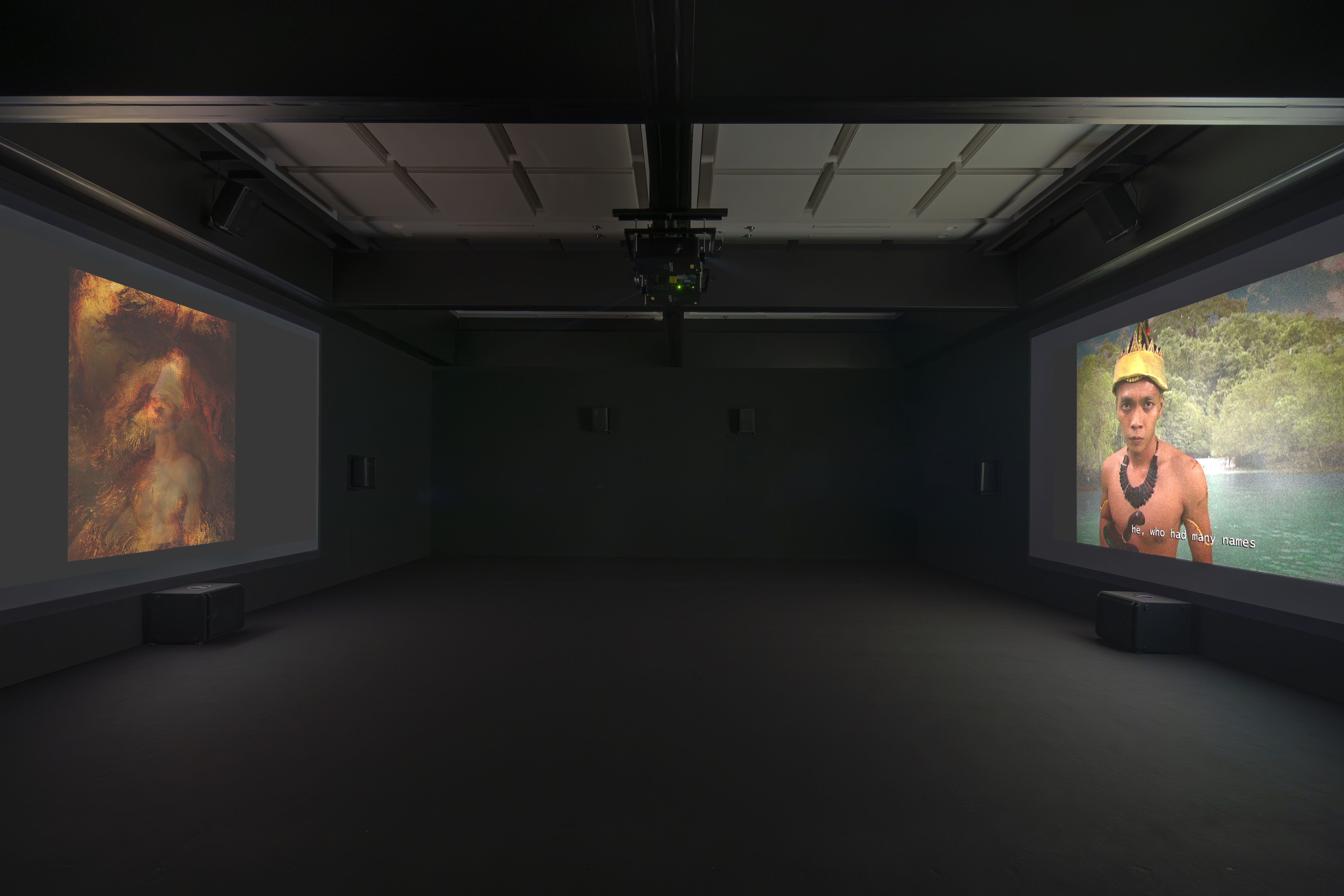
Video installation: 2-channel HD projection (4:3, synchronized, color), 2Video installation: 2-channel HD projection (4:3, synchronized, color), 2-channel sound
21ʼ 27”
Photo by Kenji Morita.-channel sound 21ʼ 27”
Photo by Kenji Morita.
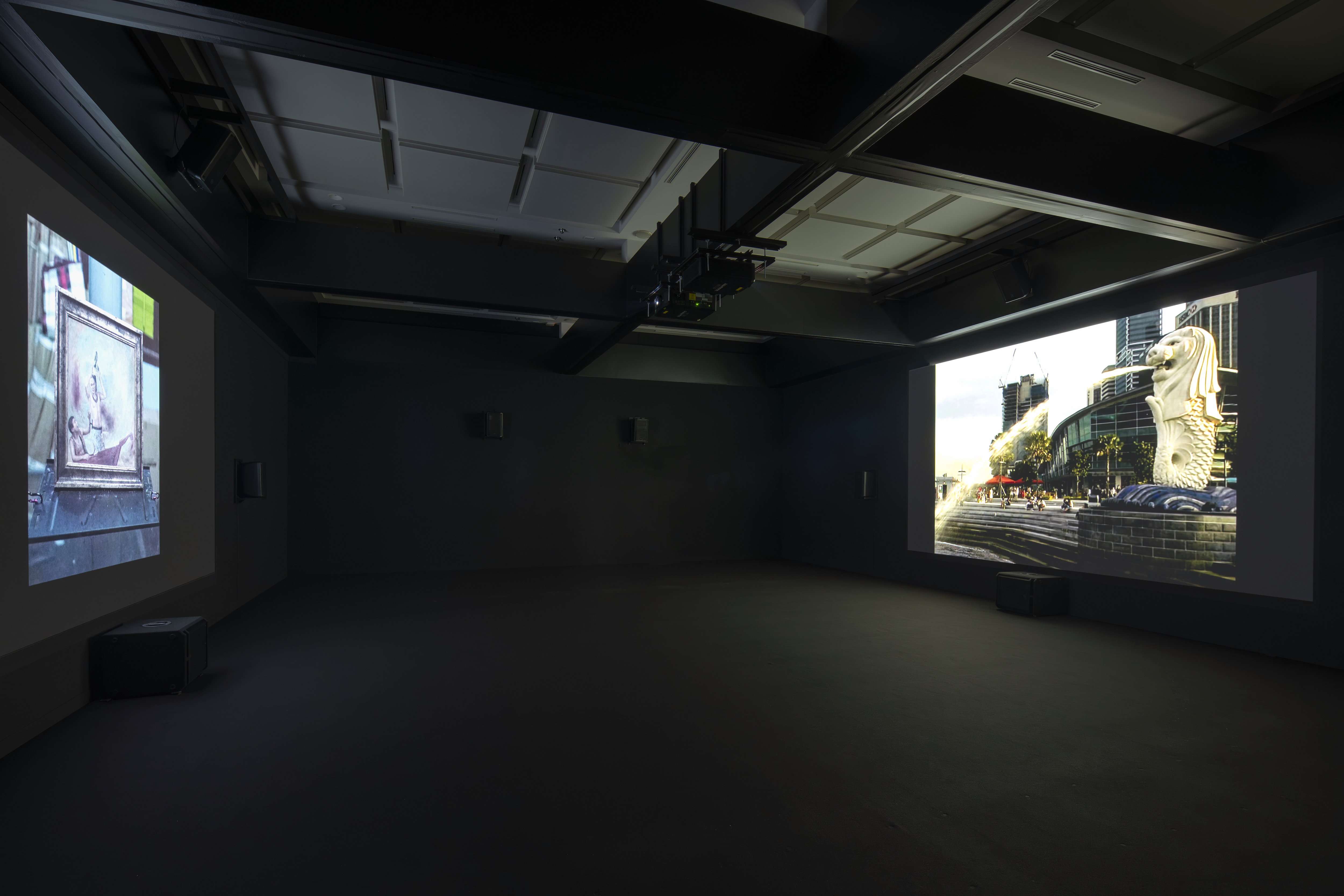
Video installation: 2-channel HD projection (4:3, synchronized, color), 2-channel sound
21ʼ 27”
Photo by Kenji Morita.
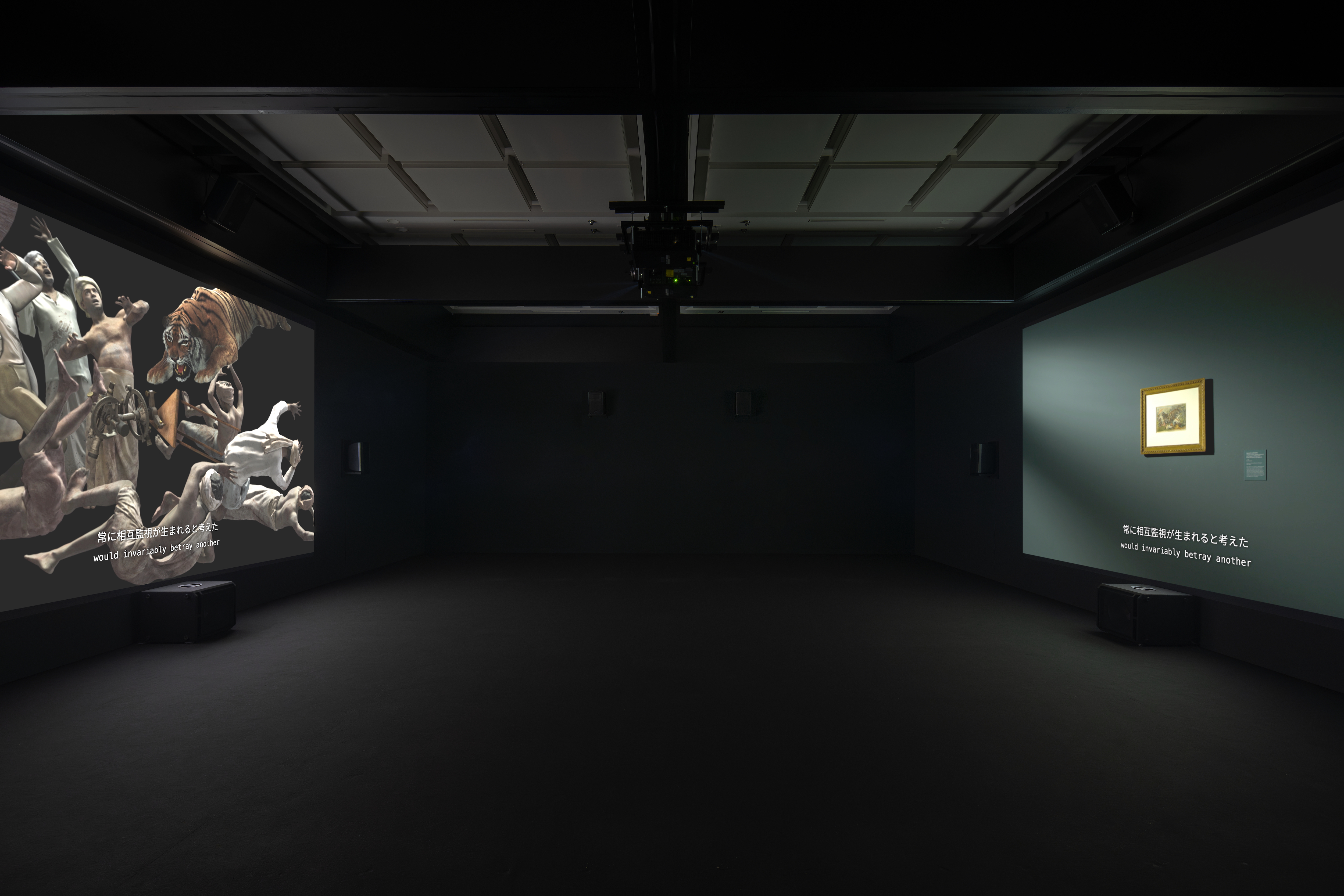
Video installation: 2-channel HD projection (16:9, synchronized, color), 12-channel sound
33ʼ 33”
Photo by Kenji Morita.
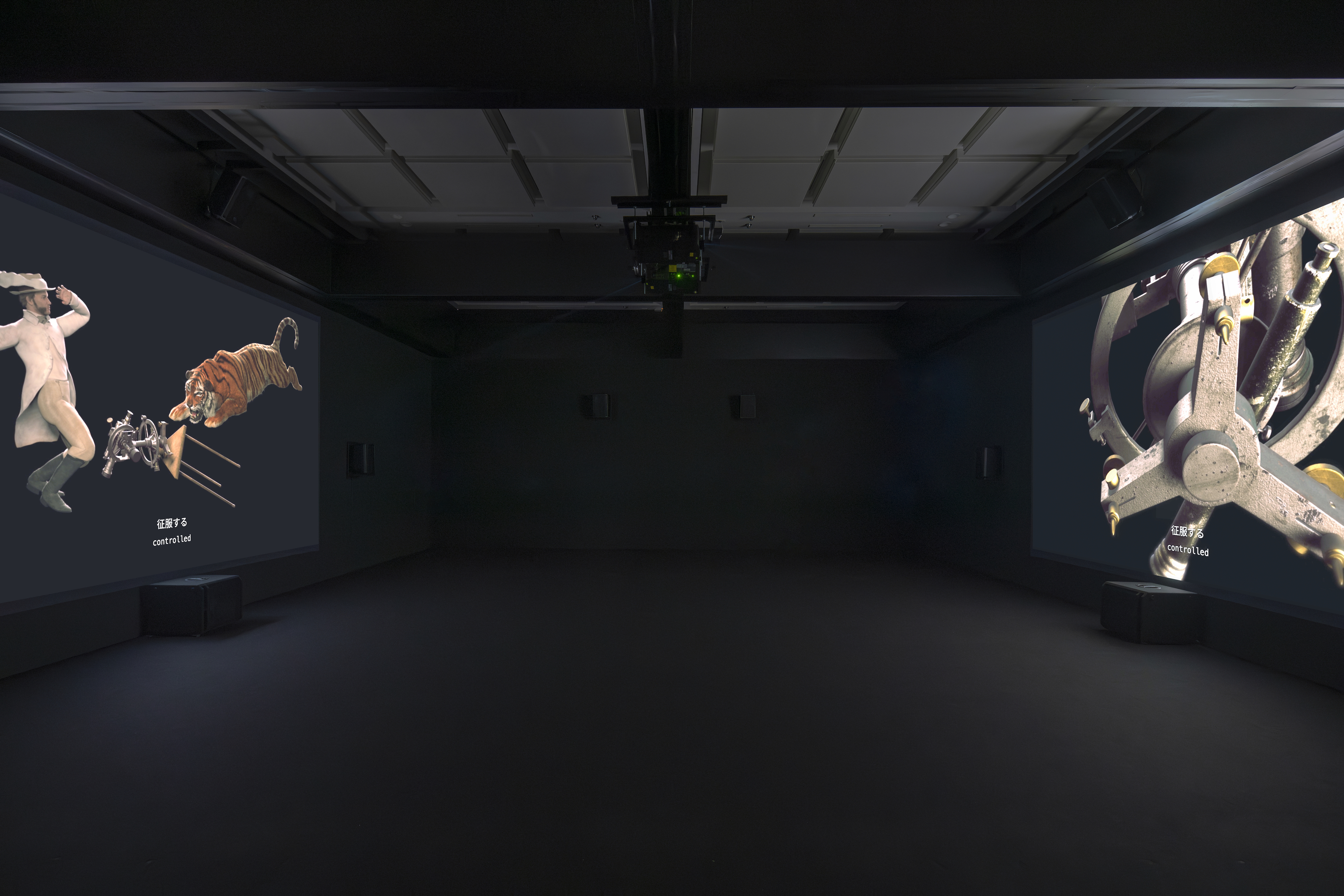
Video installation: 2-channel HD projection (16:9, synchronized, color), 12-channel sound
33ʼ 33”
Photo by Kenji Morita.
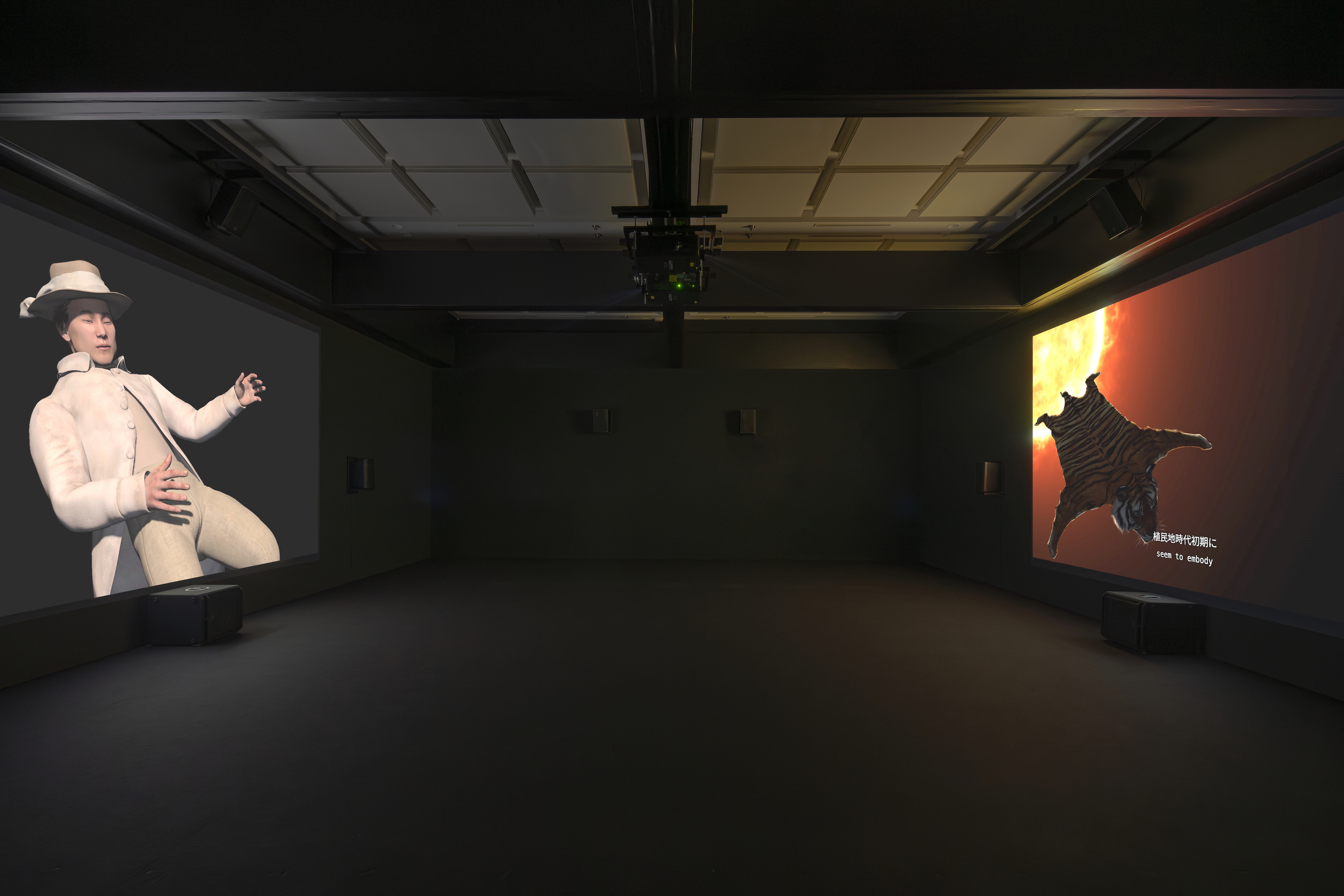
Video installation: 2-channel HD projection (16:9, synchronized, color), 12-channel sound
33ʼ 33”
Photo by Kenji Morita.
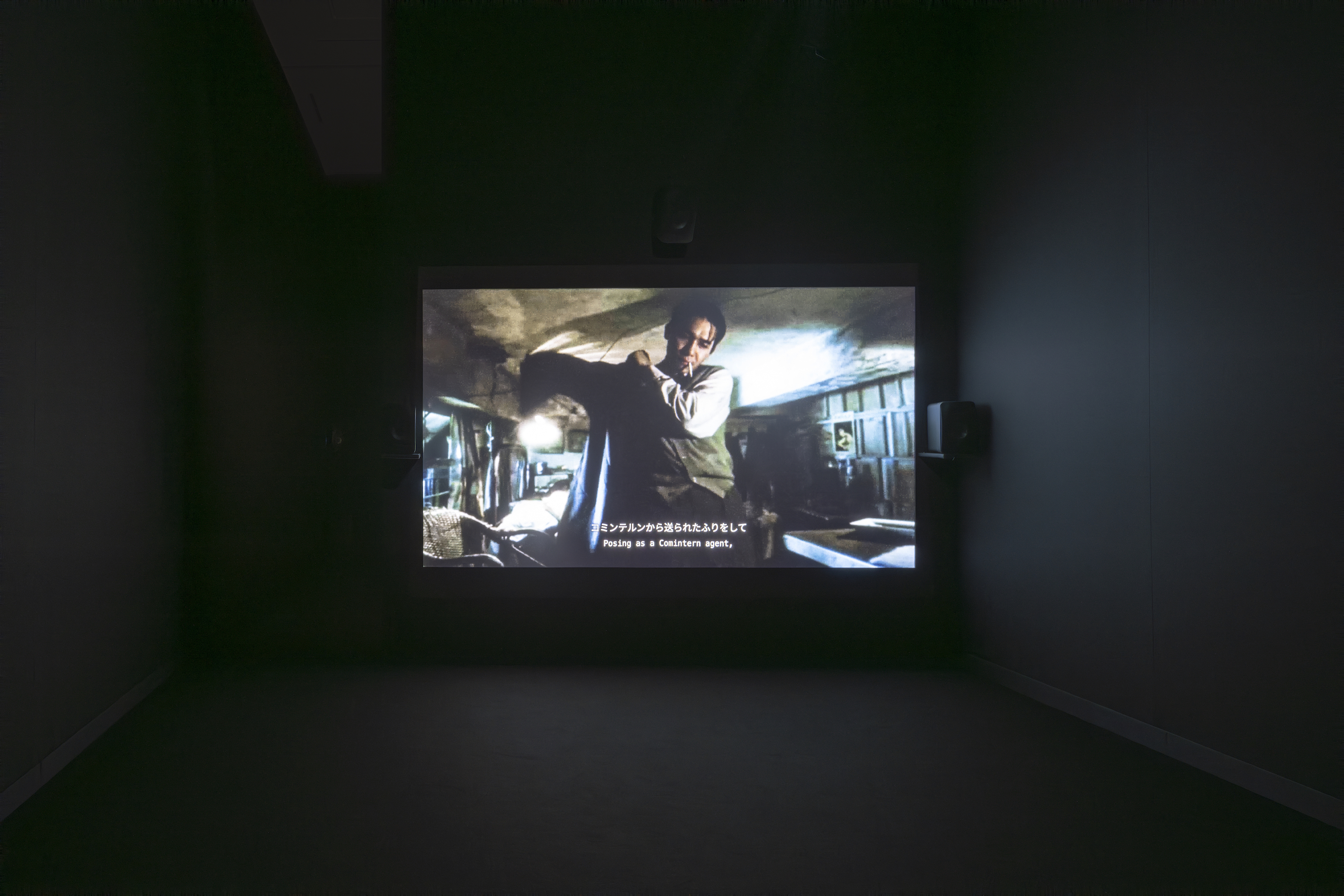
Video installation: 2-channel HD projection (16:9, synchronized, color), 12-channel sound
21ʼ 15”
Photo by Kenji Morita.
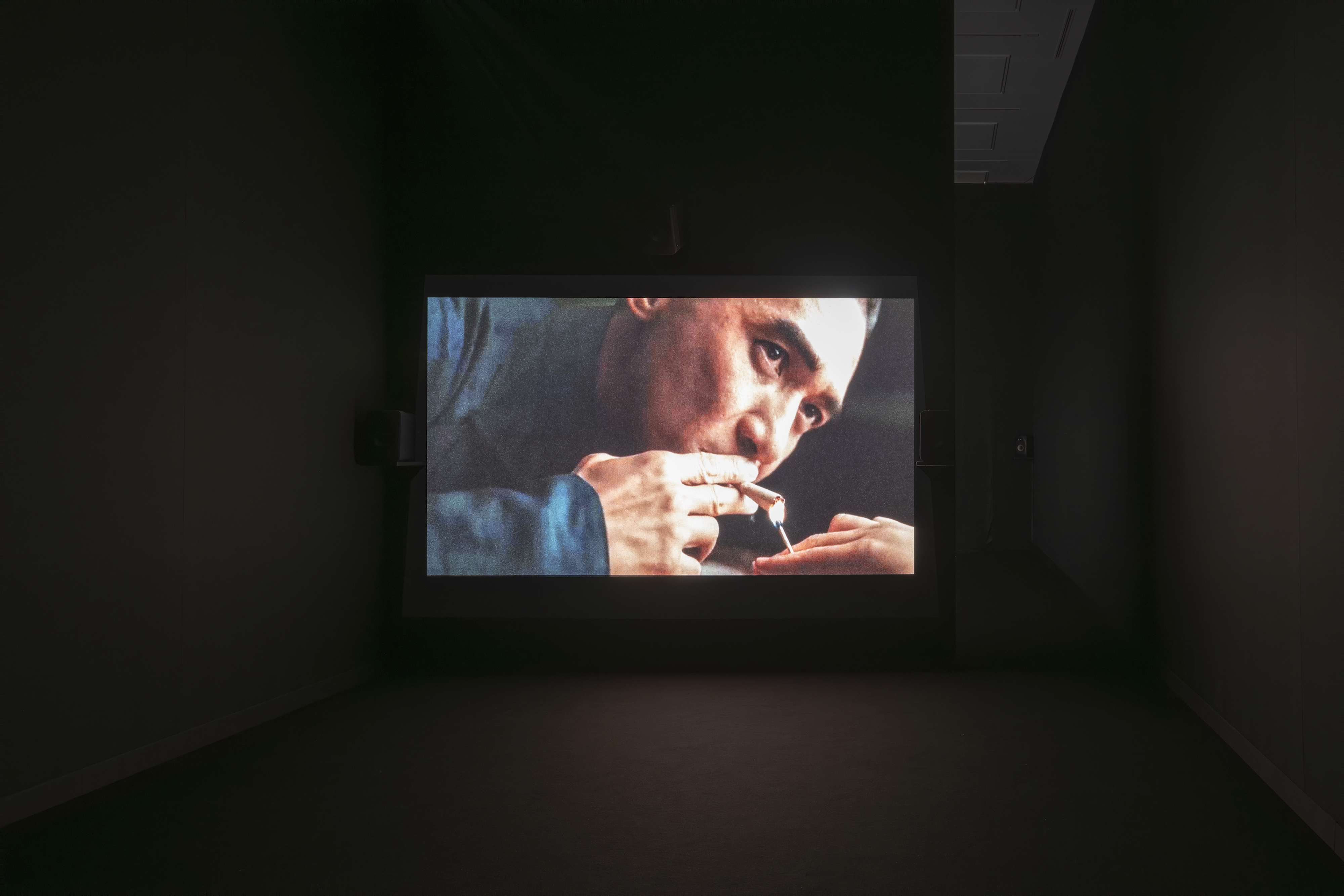
Video installation: 2-channel HD projection (16:9, synchronized, color), 12-channel sound
21ʼ 15”
Photo by Kenji Morita.

Video installation: 2-channel HD projection (16:9, synchronized, color), 12-channel sound
16ʼ 51”
Photo by Kenji Morita.
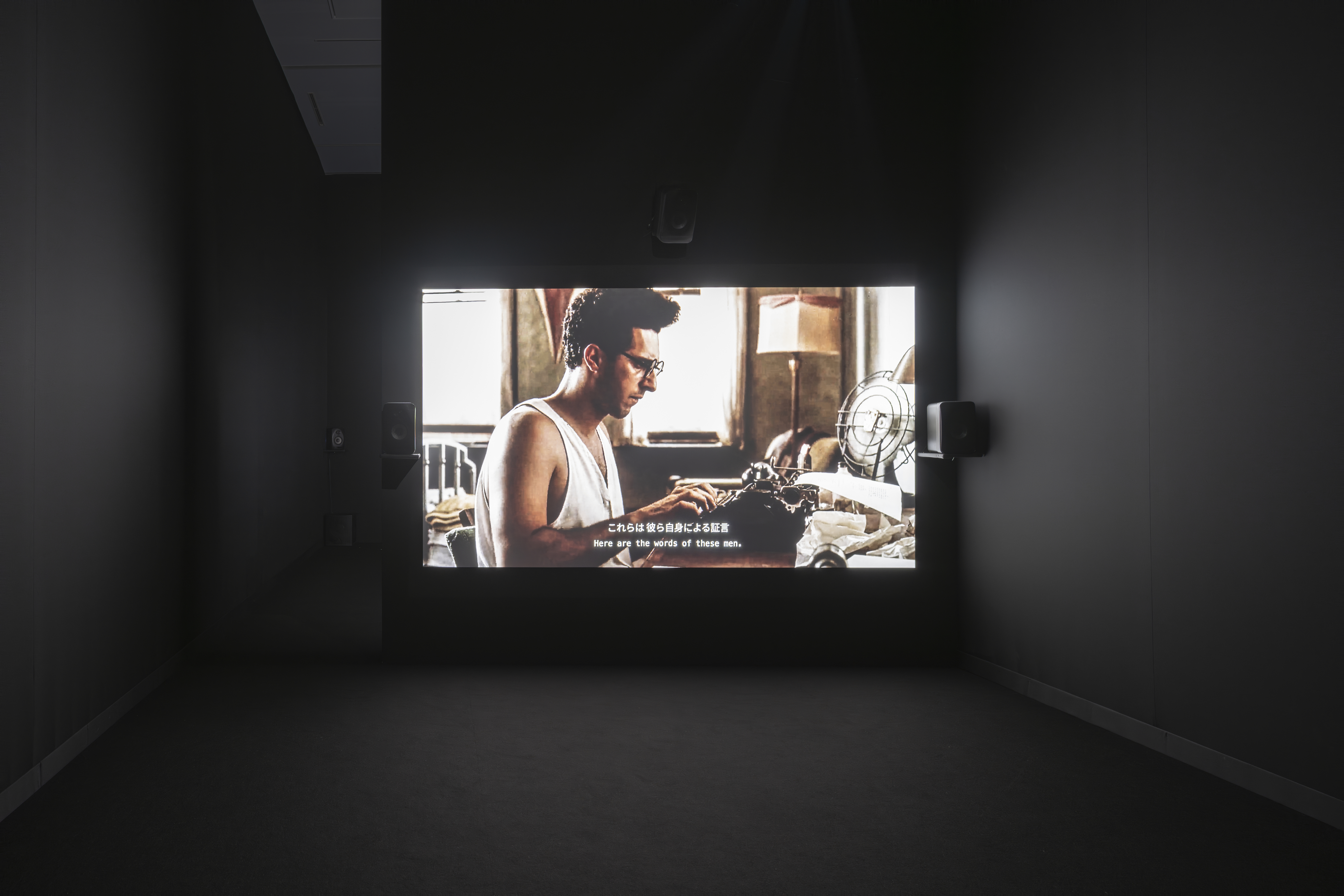
Video installation: 2-channel HD projection (16:9, synchronized, color), 12-channel sound
16ʼ 51”
Photo by Kenji Morita.

Video installation: 6-channel HD projection (16:9, synchronized, color), multi-channel sound VR: head mount display, gaming PC, binaural sound Video: 7ʼ 45” each / VR: Infinite duration
Photo by Kenji Morita.

Video installation: 6-channel HD projection (16:9, synchronized, color), multi-channel sound VR: head mount display, gaming PC, binaural sound Video: 7ʼ 45” each / VR: Infinite duration
Photo by Kenji Morita.

Video installation: 6-channel HD projection (16:9, synchronized, color), multi-channel sound VR: head mount display, gaming PC, binaural sound Video: 7ʼ 45” each / VR: Infinite duration
Photo by Kenji Morita.
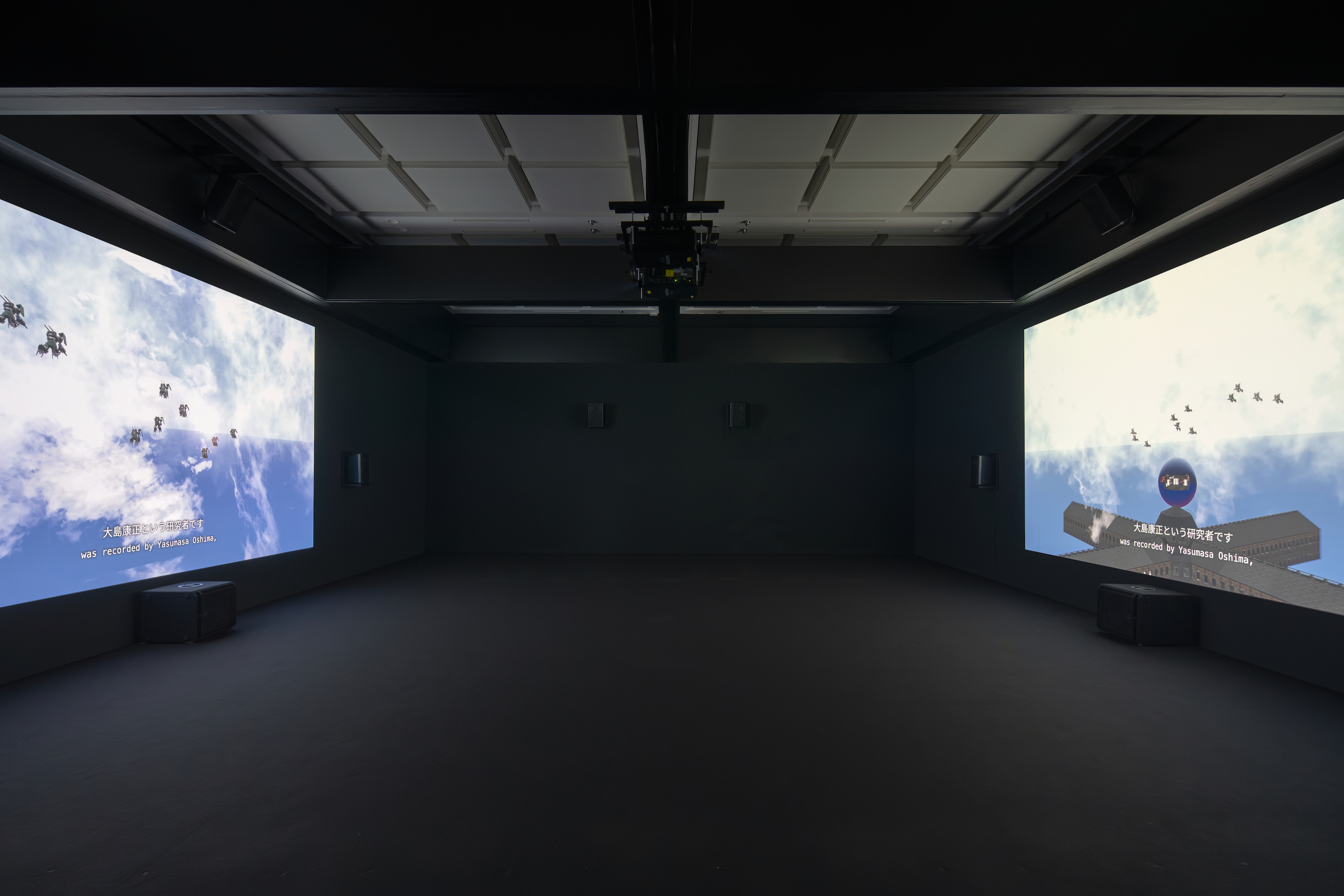
Video installation: 6-channel HD projection (16:9, synchronized, color), multi-channel sound VR: head mount display, gaming PC, binaural sound Video: 7ʼ 45” each / VR: Infinite duration
Photo by Kenji Morita.
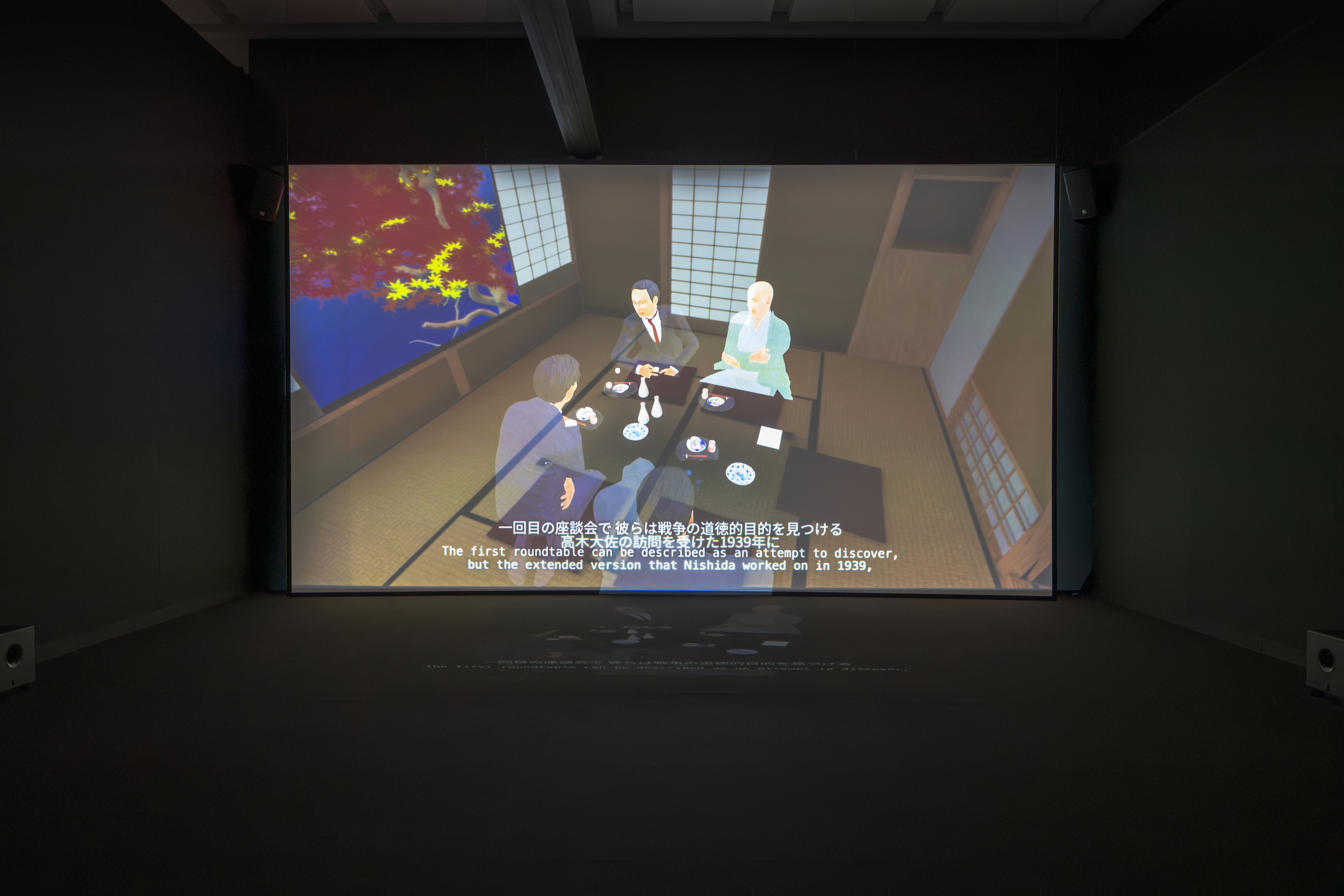
Video installation: 6-channel HD projection (16:9, synchronized, color), multi-channel sound VR: head mount display, gaming PC, binaural sound Video: 7ʼ 45” each / VR: Infinite duration
Photo by Kenji Morita.

Video installation: 6-channel HD projection (16:9, synchronized, color), multi-channel sound VR: head mount display, gaming PC, binaural sound Video: 7ʼ 45” each / VR: Infinite duration
Photo by Kenji Morita.
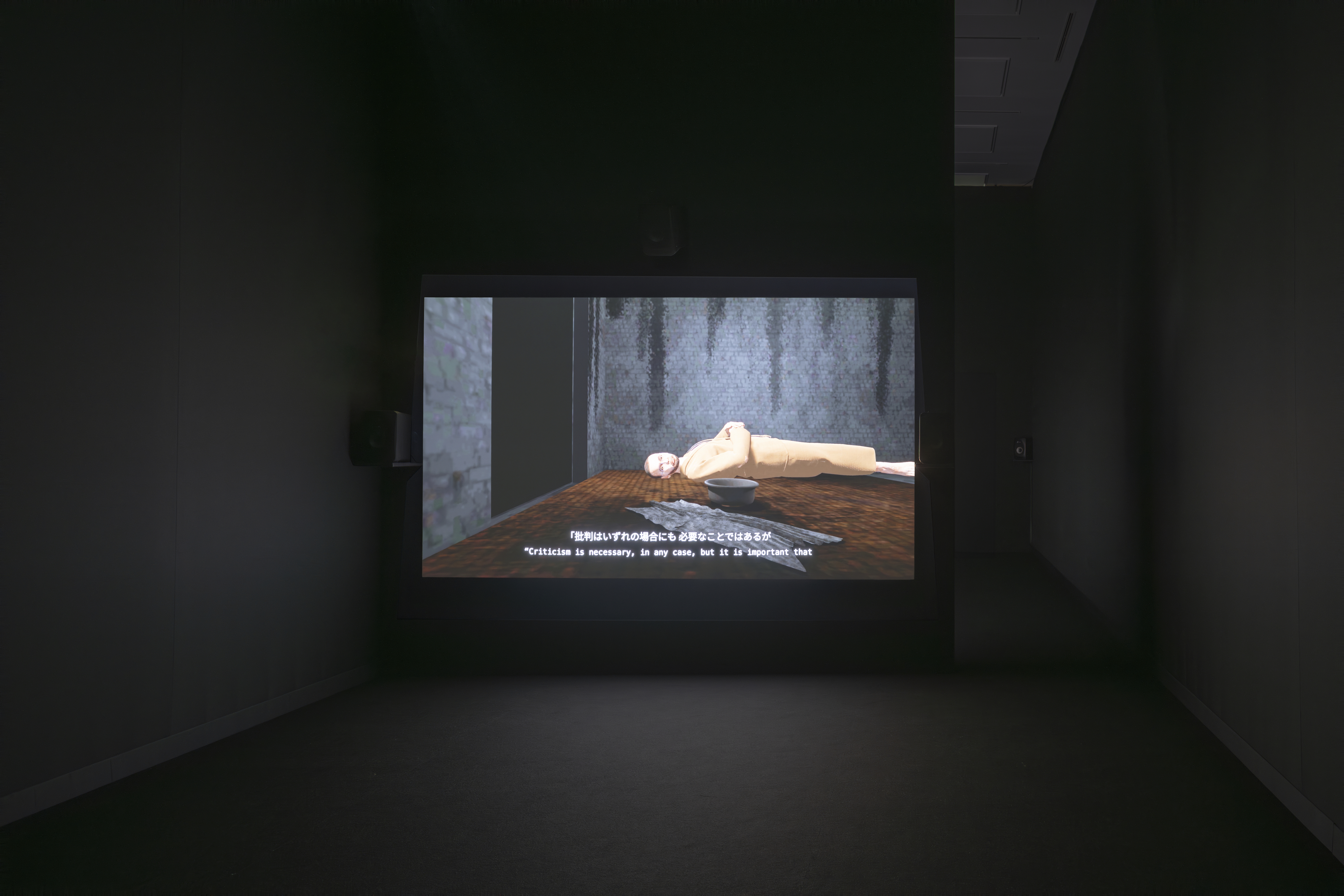
Video installation: 6-channel HD projection (16:9, synchronized, color), multi-channel sound VR: head mount display, gaming PC, binaural sound Video: 7ʼ 45” each / VR: Infinite duration
Photo by Kenji Morita.
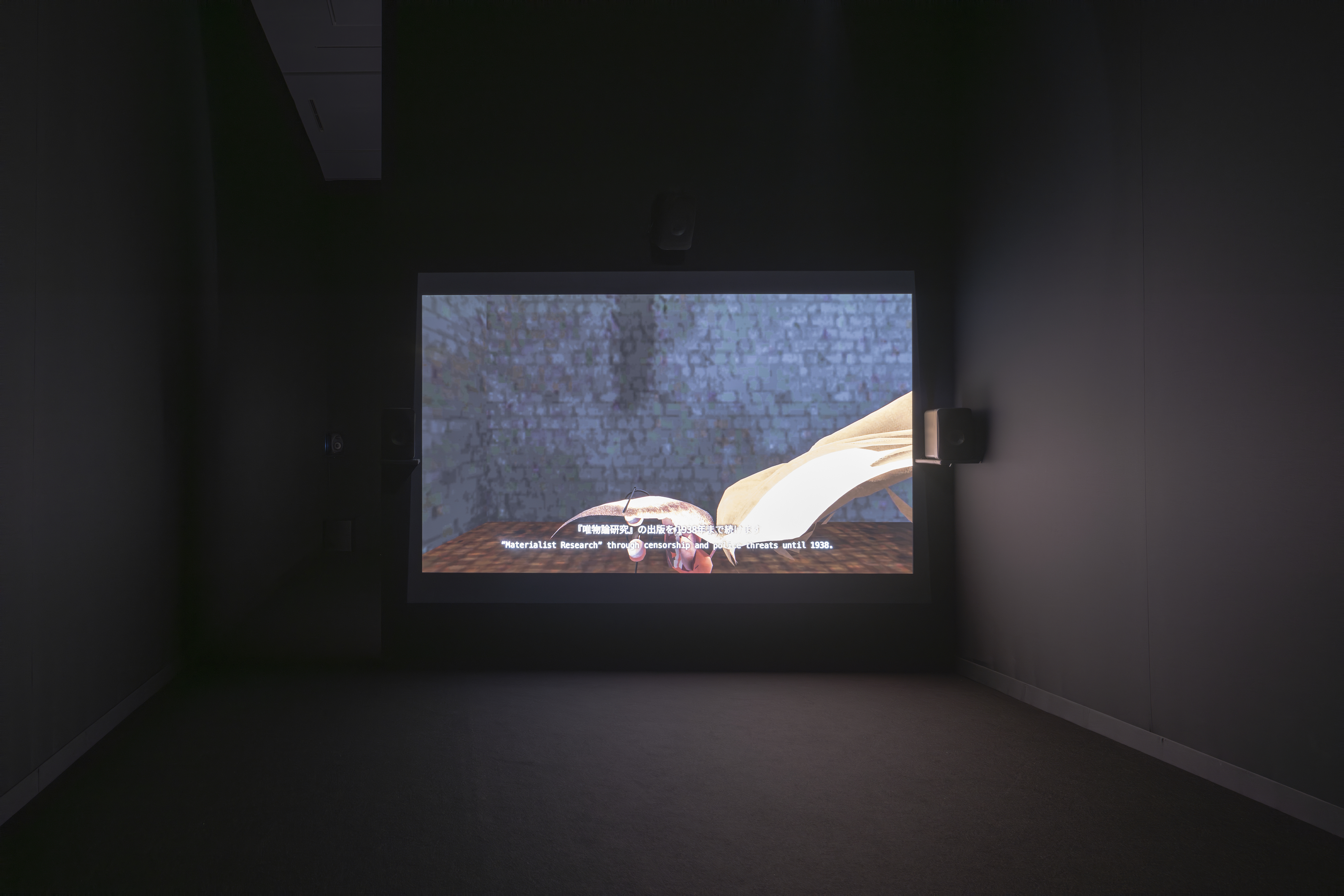
Video installation: 6-channel HD projection (16:9, synchronized, color), multi-channel sound VR: head mount display, gaming PC, binaural sound Video: 7ʼ 45” each / VR: Infinite duration
Photo by Kenji Morita.
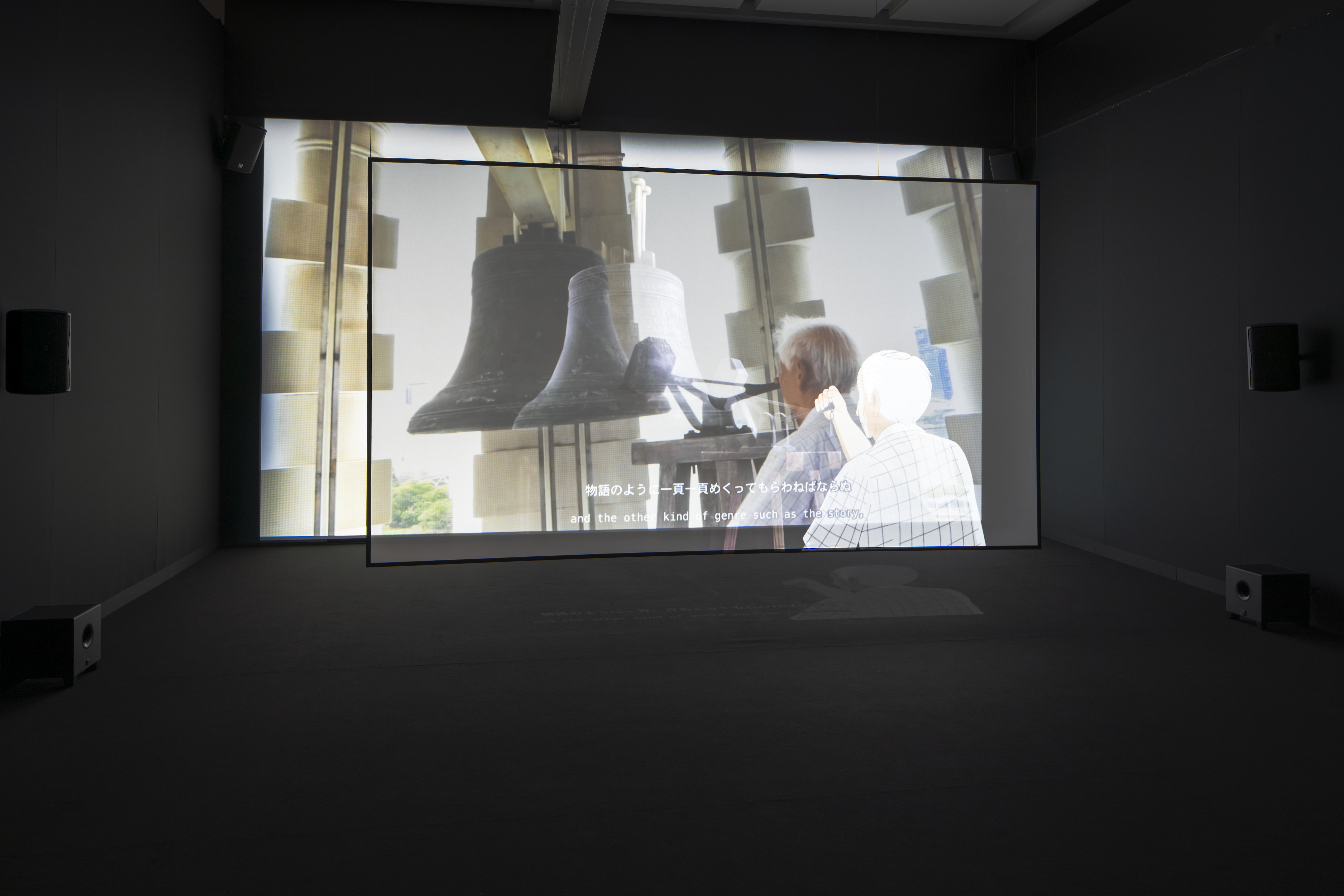
Video installation: 2-channel HD projection (16:9, synchronized, color), real-time algorithmic editing and compositing system, internet, voile screen, 8-channel sound
60′
Photo by Kenji Morita.
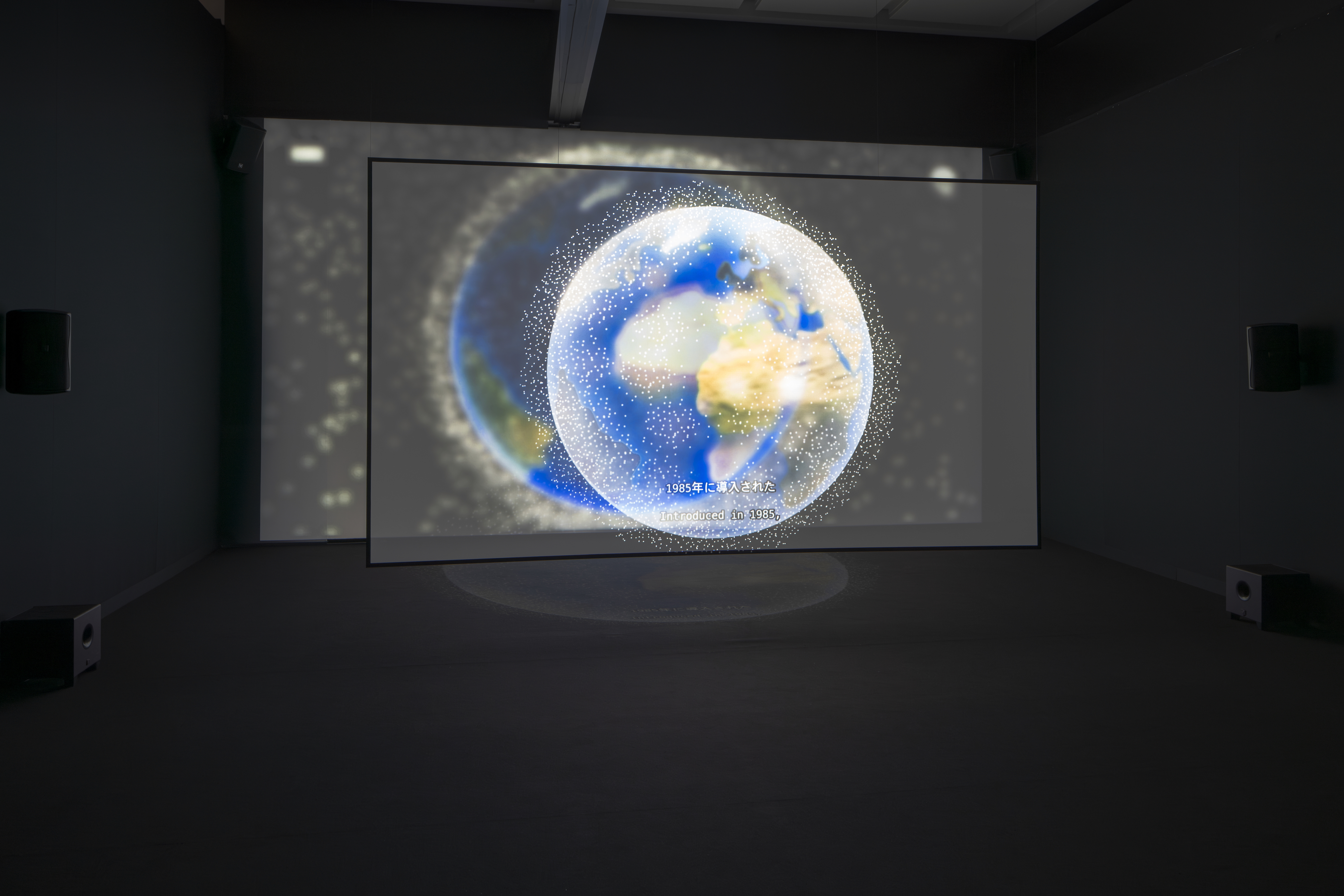
Video installation: 2-channel HD projection (16:9, synchronized, color), real-time algorithmic editing and compositing system, internet, voile screen, 8-channel sound
60′
Photo by Kenji Morita.
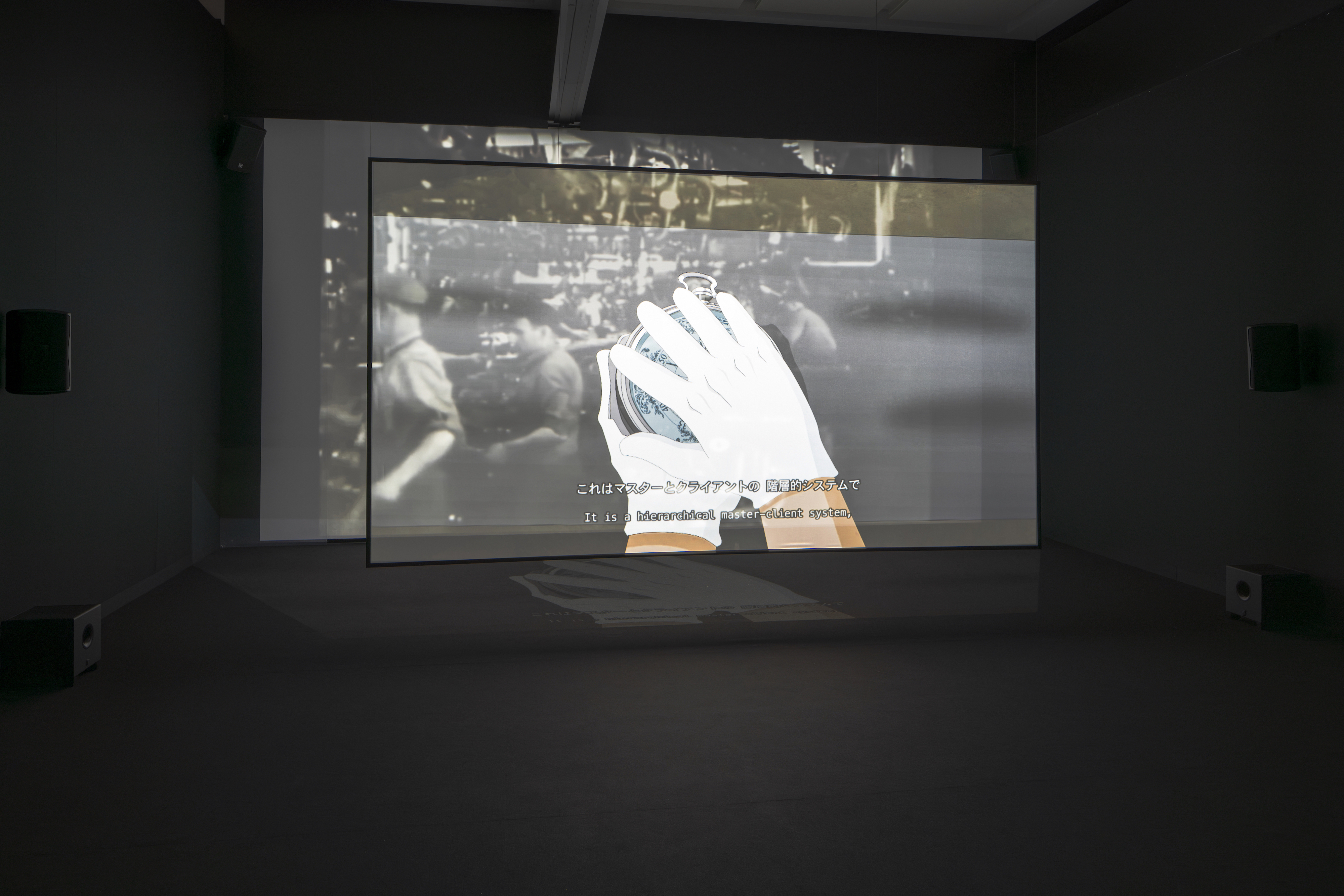
Video installation: 2-channel HD projection (16:9, synchronized, color), real-time algorithmic editing and compositing system, internet, voile screen, 8-channel sound
60′
Photo by Kenji Morita.
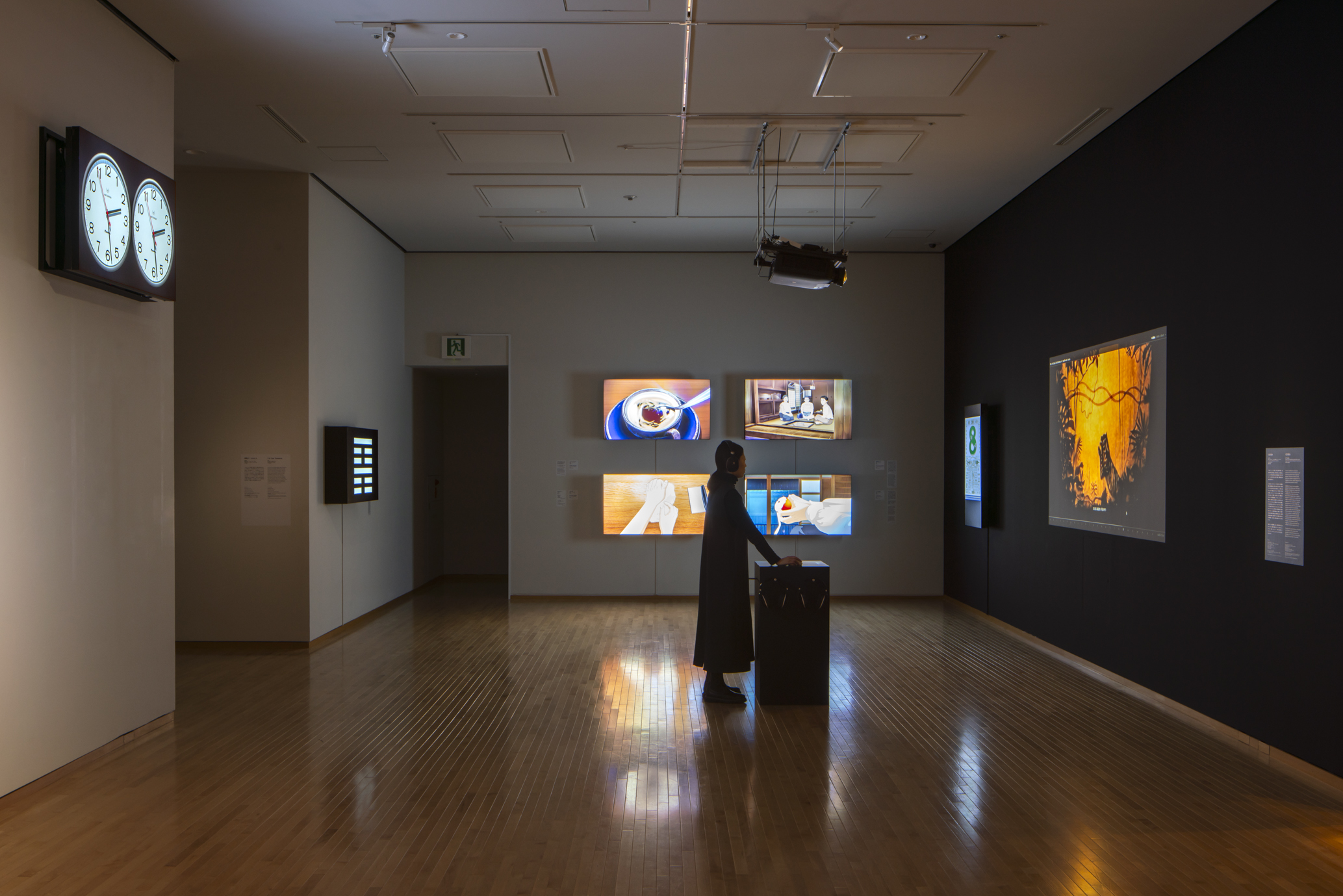
Video (30 pieces): 30 flatscreens
Applications (12 pieces): 10 flatscreens, 2 tablets
1”-infinite
Photo by Kenji Morita.
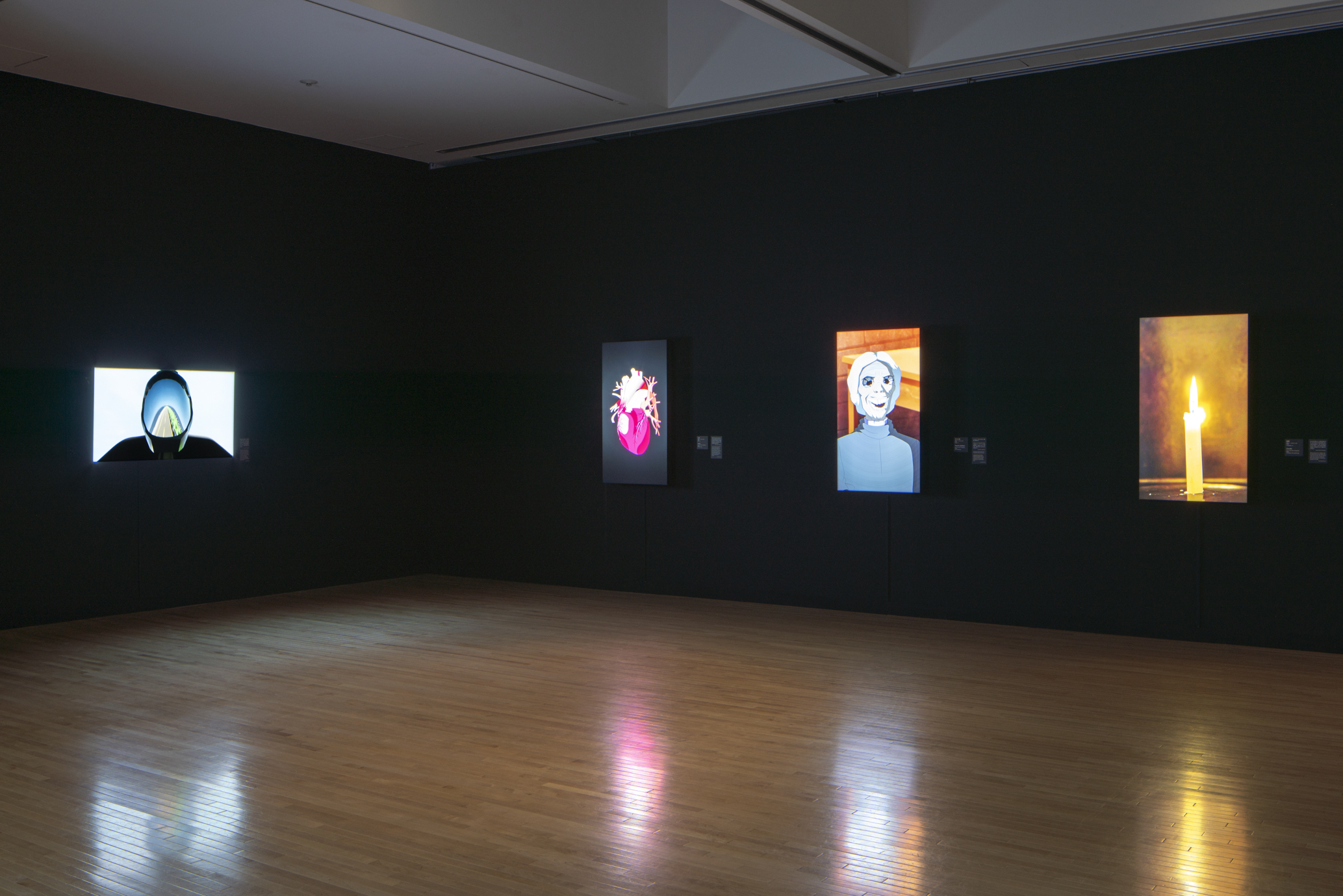
Video (30 pieces): 30 flatscreens
Applications (12 pieces): 10 flatscreens, 2 tablets
1”-infinite
Photo by Kenji Morita.
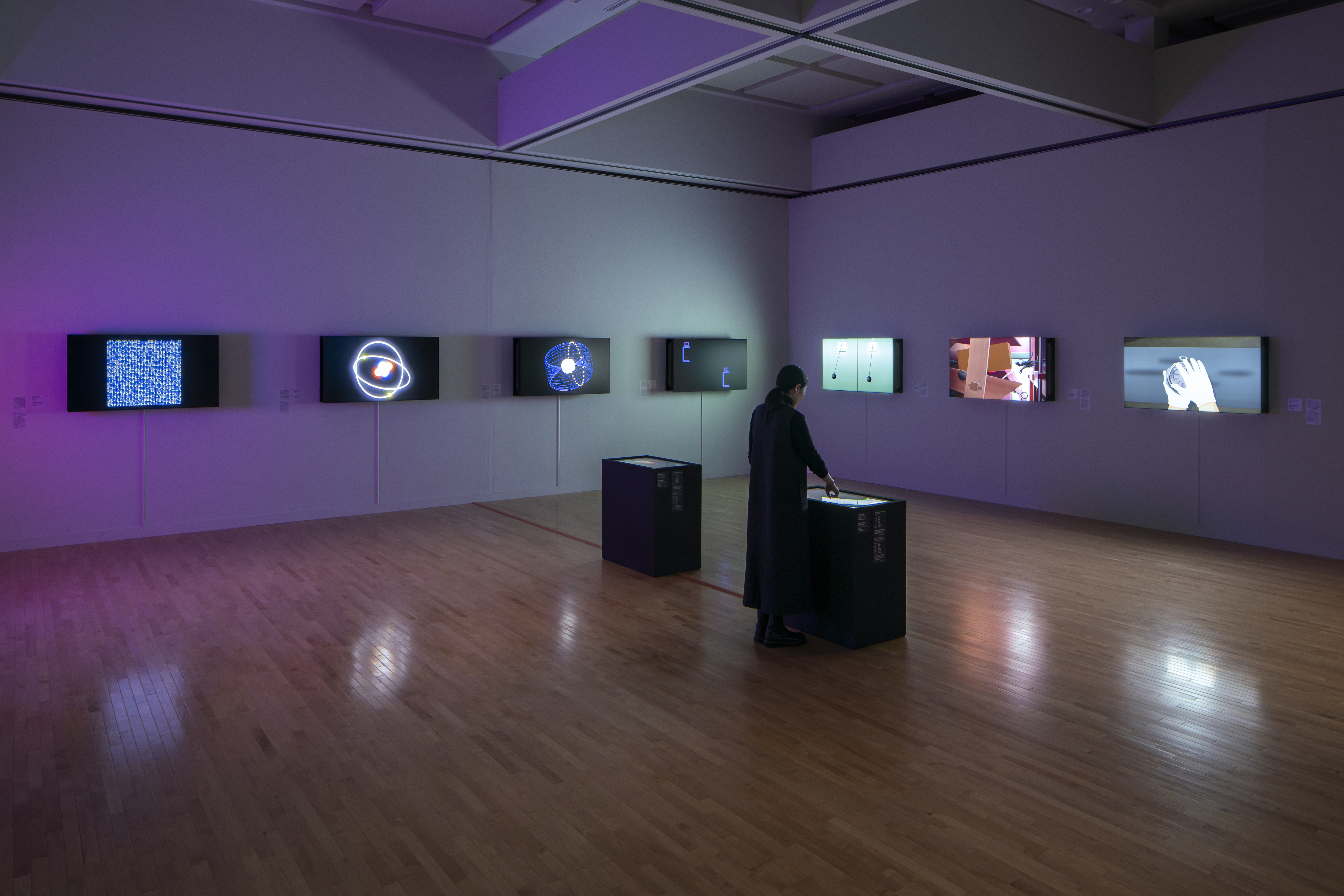
Video (30 pieces): 30 flatscreens
Applications (12 pieces): 10 flatscreens, 2 tablets
1”-infinite
Photo by Kenji Morita.